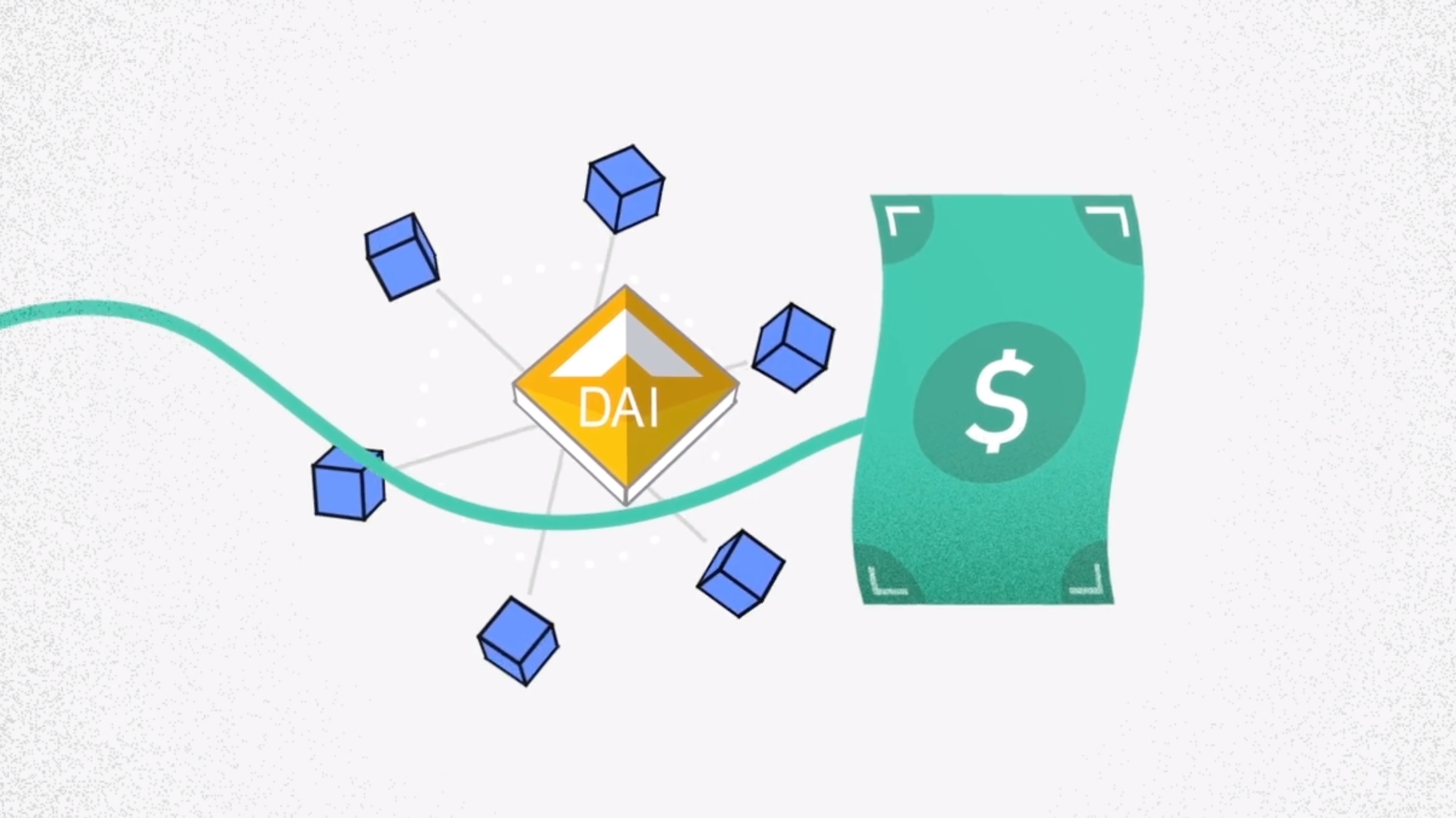Options Market Signals Doubt Bitcoin Price Will Rise After Halving
Options traders are making more bearish bets and pushing bitcoin’s put-call open interest ratio higher heading into the May halving. Image via Shutterstock
While some expect bitcoin’s (BTC) upcoming reward halving to light a fire under the cryptocurrency, the options market seems worried about the event turning out to be a wet blanket.
The biggest cryptocurrency by market value is set to undergo its third mining reward halving next month. The code, aimed at controlling inflation, would reduce the amount of bitcoin created every 10 minutes or so from 12.5 BTC to 6.25.
Assuming demand remains constant, the cut in regular issuance should drive up the price, bulls argue.
“The 50 percent emission cut could serve as a catalyst for the digital asset’s continued appreciation,” said Matthew Dibb, co-founder and COO of crypto tracker and index fund provider Stack.
Options traders, however, are buying put options, or bearish bets, and pushing bitcoin’s put-call open interest ratio higher heading into the halving.
The ratio rose to 0.61 on Monday, the highest level since Feb. 27, after bottoming out at 0.42 on March 24, according to data provided by the crypto derivatives research firm Skew.
“The put-call open interest ratio measures the number of put options open relative to calls,” said Skew CEO Emmanuel Goh. A put option gives the holder the right but not the obligation to sell the underlying asset at a predetermined price on or before a specific date. A call option gives the right to buy.
Open interest is the total number of options contracts active at a given point in time and is different from trading volume, which refers to the number of contracts traded in a given period.

“The rise in the put-call open interest ratio from 0.42 to 0.61 seen over the last three weeks indicates increased focus on hedging the downside risk in bitcoin’s price,” Goh said.
One possible motivation for this hedging is the fear bitcoin may suffer a post-halving price drop, similar to the one seen in litecoin (LTC) in 2019 and more recently in bitcoin’s offshoots bitcoin cash (BCH) and bitcoin sv (SV).
Halving is not always bullish
Litecoin, the seventh-largest cryptocurrency, underwent reward halving on Aug. 5, 2019, after which the cryptocurrency’s price fell from $100 to $40 in the four months to mid-December.
During that timeframe Its hash rate, or the computing power dedicated to mining blocks on the blockchain, also declined from 458 tera hashes per second (TH/s) to 133 TH/s, according to BitInfoCharts.
Bitcoin cash’s mining rewards were cut from 12 BCH per block to 6.25 BCH on April 8. Since then, the cryptocurrency’s price has declined by nearly 20 percent from $280 to $225.

Bitcoin SV’s price fell over 13 percent from $214 to $186 on April 10, when it experienced its first halving, and has remained sidelined ever since.

Both bitcoin cash and bitcoin SV have witnessed a slowdown in network activity following reward halvings, as indicated by the drops in their respective hash rates.
The lackluster post-halving performance of these coins indicates that halving is not necessarily a price-bullish event.
Put options draw higher prices
To be sure, there is another possible explanation for the rise in the put-call open interest ratio, one that would augur well for bitcoin bulls.
The ratio can rise if there is an increase in the number of short open positions in put options. Seasoned option traders usually write, or sell, put options when they expect the market to remain sidelined or rally.
As a result, one might argue traders are expecting bitcoin to remain bid after halving and are selling put options, leading to a rise in the put-call open interest ratio.
The problem with that interpretation is put options are currently drawing higher prices compared to calls – a strong signal investors are buying puts.

The one-month 25-delta put-call skew, which measures the price of puts relative to that of calls, is hovering at 12 percent. The metric has consistently remained above zero since the beginning of March.
The three-month and six-month skews are also hovering above zero.
“It indicates that puts are in higher demand than calls,” said Goh, adding that the skew would have probably turned negative in case of increased put selling.
It’s worth noting that writing (selling) options – put or call – is a “limited profit, unlimited loss” strategy. Traders are unlikely to take such risks in current market conditions, where bitcoin’s fortunes are closely tied with the coronavirus pandemic and the action in the equity markets.
Equities are not out of the woods yet
Apart from halving, the increased demand for put options could reflect fears of another macro-driven sell-off in bitcoin.
The S&P 500, Wall Street’s benchmark index, rallied 12 percent last week. As of Monday, the index was up 26 percent from the multi-year low of 2,792 registered on March 24.
However, some observers are worried the rally fueled by the Federal Reserve’s liquidity injections has lost touch with the reality – the number of coronavirus cases across the globe is still rising – and could soon unravel.
“The recent bounce should be viewed as an unenthusiastic, inorganic bear market rally,” analysts at investment bank Nomura said in a recent report, according to Reuters.
Bitcoin took a beating in March, as the coronavirus-led sell-off in the global equity markets triggered a global dash for cash, mainly U.S. dollars.
Disclosure Read More
The leader in blockchain news, CoinDesk is a media outlet that strives for the highest journalistic standards and abides by a strict set of editorial policies. CoinDesk is an independent operating subsidiary of Digital Currency Group, which invests in cryptocurrencies and blockchain startups.








